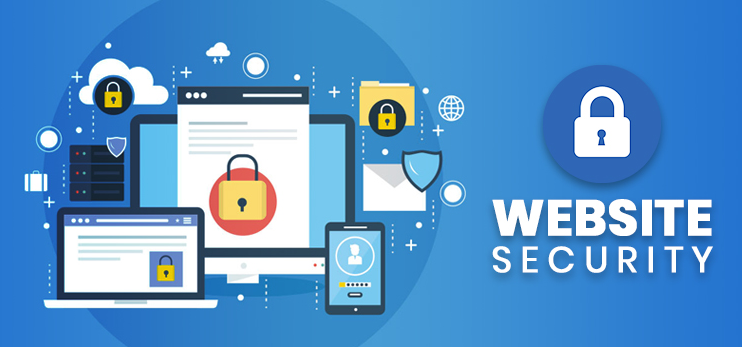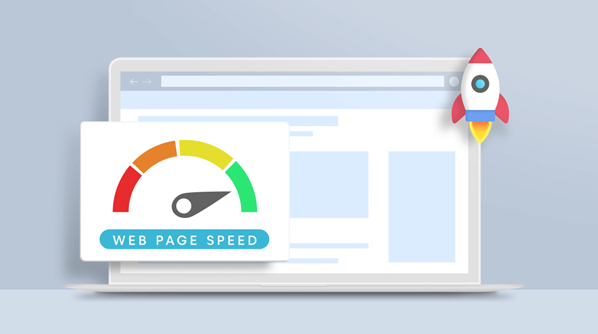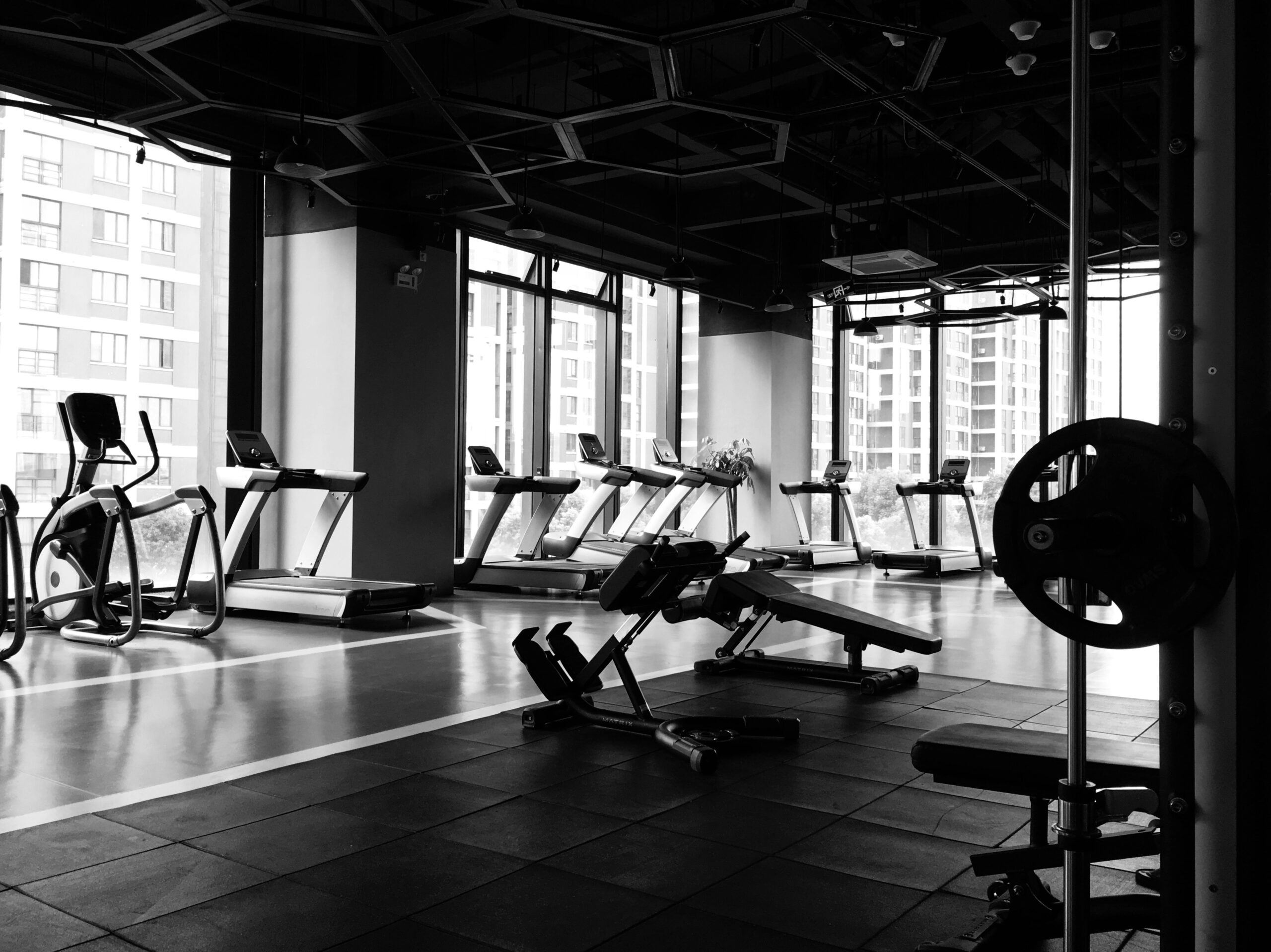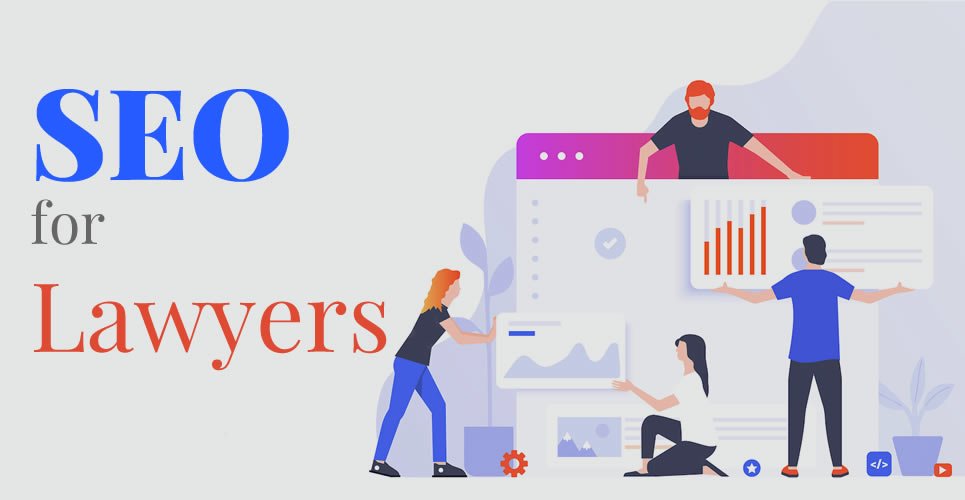It is crucial for eCommerce businesses to optimize their website’s load speed and SEO performance. A slow-loading website can lead to higher bounce rates, lower conversions, and poor search engine rankings. On the other hand, a fast and SEO-friendly website can improve user experience, increase organic traffic, and boost sales. In this article, we will explore effective strategies to enhance your eCommerce site’s load speed and SEO performance.
Table of Contents
- Importance of Load Speed and SEO Performance
- Analyzing Your Website’s Current Performance
- Optimizing Images for Faster Loading
- Minifying CSS and JavaScript Files
- Implementing Caching Techniques
- Utilizing Content Delivery Networks (CDNs)
- Mobile Optimization for Improved Speed and SEO
- Enhancing Server Response Time
- Compressing Web Pages for Faster Delivery
- Streamlining Your Website’s Code
- Improving User Experience with Intuitive Navigation
- Conclusion
- Frequently Asked Questions
Importance of Load Speed and SEO Performance
In the highly competitive ecommerce seo company landscape, where countless businesses are vying for consumer attention, a fast-loading website is paramount. Users expect instant access to information and a seamless browsing experience. Moreover, search engines prioritize websites with good load speeds and relevant content, as they strive to provide the best user experience. Therefore, improving your eCommerce site’s load speed and SEO performance is essential for staying ahead of the competition and attracting more organic traffic.
Analyzing Your Website’s Current Performance
Before implementing any optimization strategies, it is crucial to analyze your website’s current performance. Use tools like Google PageSpeed Insights or GTmetrix to assess your website’s speed and identify areas for improvement. These tools provide detailed reports and recommendations, highlighting specific issues affecting your load speed and SEO performance.
Optimizing Images for Faster Loading
Images play a vital role in eCommerce websites, but they can also be a major factor in slowing down your site. Optimize your images by resizing them to the appropriate dimensions and compressing them without compromising quality. Use image compression tools or plugins to reduce file sizes and enable lazy loading, where images are loaded as the user scrolls down the page.
Minifying CSS and JavaScript Files
CSS and JavaScript files can contribute to longer load times if they are not optimized. Minify these files by removing unnecessary characters, whitespace, and comments. Combine multiple CSS and JavaScript files into one to reduce the number of requests the browser needs to make, thus improving load speed.
Implementing Caching Techniques
Caching is a technique that stores static versions of your web pages, allowing them to load quickly for subsequent visitors. Implement browser caching and server-side caching to reduce server load and enhance user experience. Leverage caching plugins or content delivery networks (CDNs) that have built-in caching mechanisms.

Utilizing Content Delivery Networks (CDNs)
CDNs are networks of servers distributed globally to deliver SEO-friendly website content more efficiently. By hosting your website’s files on multiple servers, CDNs reduce latency and improve load speed for users across different geographic locations. Select a reputable CDN provider and integrate it into your eCommerce site for faster content delivery.
Mobile Optimization for Improved Speed and SEO
With the rise of mobile devices, Mobile Optimization for Improved Speed and SEO (continued)
With the rise of mobile devices, optimizing your eCommerce site for mobile is crucial. Mobile users expect fast loading times and seamless browsing experiences. Implement responsive web design to ensure your site automatically adjusts to different screen sizes and devices. Optimize your mobile site by reducing unnecessary elements, optimizing images, and using mobile-friendly plugins or themes.
Enhancing Server Response Time
Server response time directly impacts your SEO-friendly website load speed. Choose a reliable hosting provider that offers fast server response times. Consider upgrading to a dedicated server or using a content distribution network (CDN) to distribute server load and improve response times. Regularly monitor server performance and address any issues that may impact load speed.
Compressing Web Pages for Faster Delivery
Compressing web pages reduces file sizes, leading to faster delivery and improved load speed. Enable GZIP compression on your server to compress HTML, CSS, and JavaScript files before they are sent to the user’s browser. This significantly reduces the amount of data that needs to be transferred, resulting in faster page loading times.
Streamlining Your Website’s Code
Clean and efficient code improves load speed and enhances SEO performance. Minimize unnecessary HTML, CSS, and JavaScript code. Remove unused plugins or themes that may slow down your site. Optimize database queries to reduce the server’s processing time. Regularly update your SEO-friendly website codebase to ensure it is compatible with the latest web standards.
Improving User Experience with Intuitive Navigation
A seamless and intuitive navigation structure improves user experience and keeps visitors engaged. Organize your website’s content into logical categories and subcategories. Implement clear and user-friendly navigation menus. Include search functionality to help users find what they are looking for quickly. The easier it is for users to navigate your site, the longer they are likely to stay and explore.
Conclusion
Improving your eCommerce site’s load speed and SEO performance is a continuous process that requires careful attention to various factors. By implementing the strategies outlined in this article, you can enhance user experience, attract more organic traffic, and ultimately boost conversions and sales. Stay updated with the latest optimization techniques, monitor performance metrics, and adapt your strategies to stay ahead of the competition in the dynamic eCommerce landscape.
Frequently Asked Questions
How does website load speed affect SEO?
Website load speed is a crucial factor in SEO. Search engines prioritize fast-loading websites as they contribute to a positive user experience. Slow-loading sites may experience higher bounce rates and lower search engine rankings.
Can optimizing images improve load speed?
Yes, optimizing images by resizing and compressing them can improve load speed. By reducing the file size of images without compromising quality, you can significantly reduce the time it takes for images to load on your website.
What is the role of caching in improving load speed?
Caching involves storing static versions of web pages to deliver them more quickly to subsequent visitors. By caching your website’s content, you can reduce server load and improve load speed for users, as the cached version of the page can be served instead of generating it from scratch.
How can mobile optimization impact SEO performance?
Mobile optimization is essential for both user experience and SEO performance. With the increasing number of mobile users, search engines prioritize mobile-friendly websites in their rankings. Optimizing your site for mobile devices improves load speed, usability, and overall SEO performance.
How can I track the performance of my website?
You can track the performance of your SEO-friendly website using various tools such as Google Analytics. These tools provide insights into important metrics like page load times, bounce rates, conversions, and organic traffic. Monitoring these metrics helps you identify areas for improvement and measure the effectiveness of your optimization efforts.
Are backlinks important for SEO?
Yes, backlinks play a significant role in SEO. High-quality backlinks from authoritative and relevant SEO-friendly website indicate to search engines that your site is trustworthy and valuable. Building a strong backlink profile can improve your site’s search engine rankings and drive more organic traffic.




